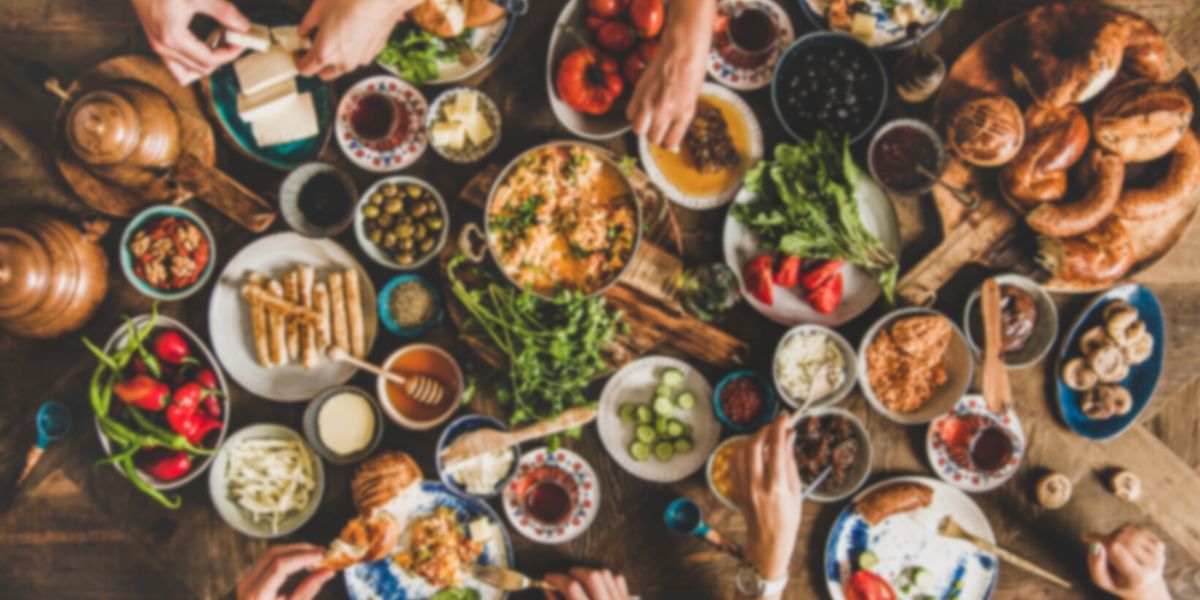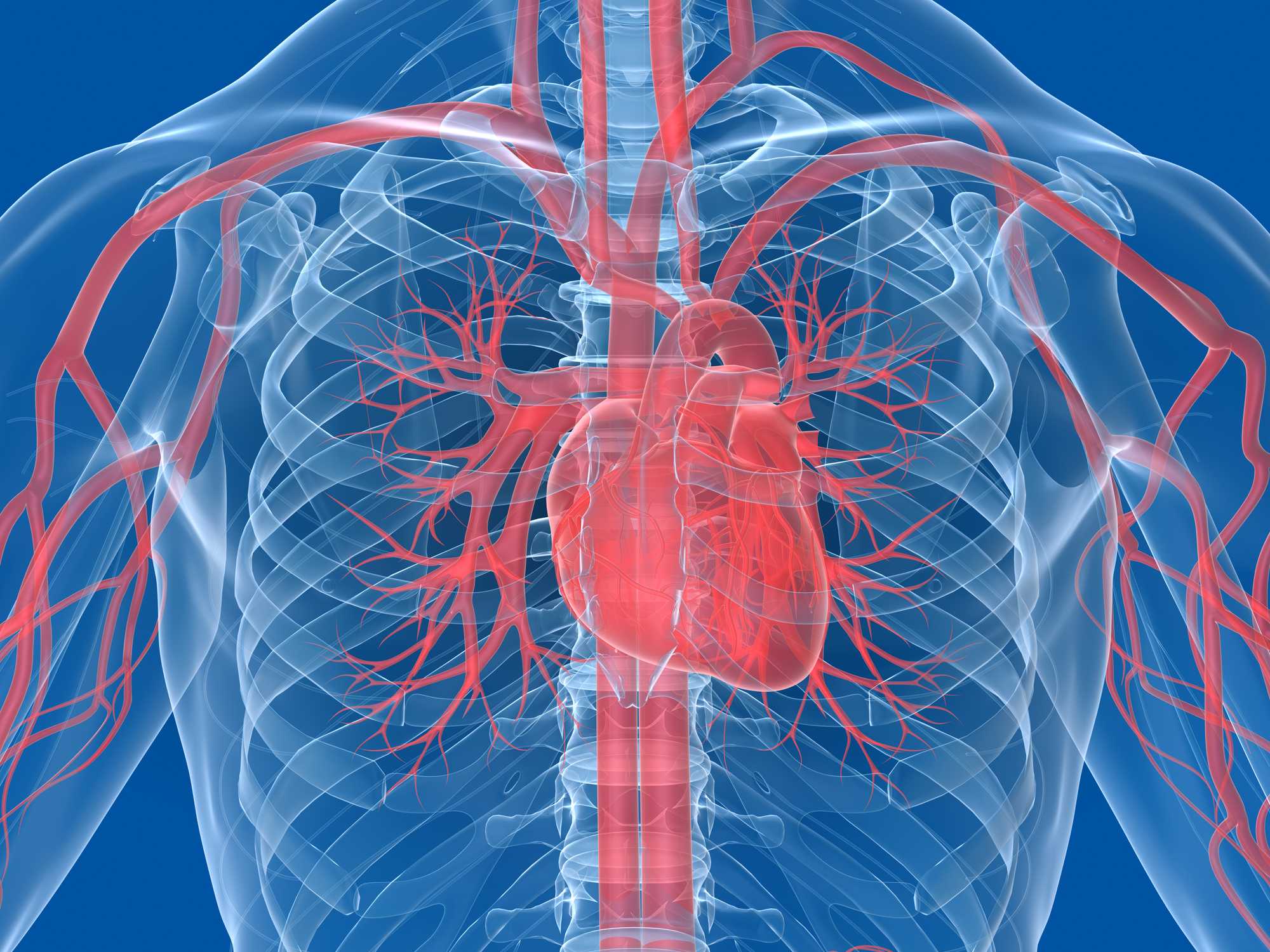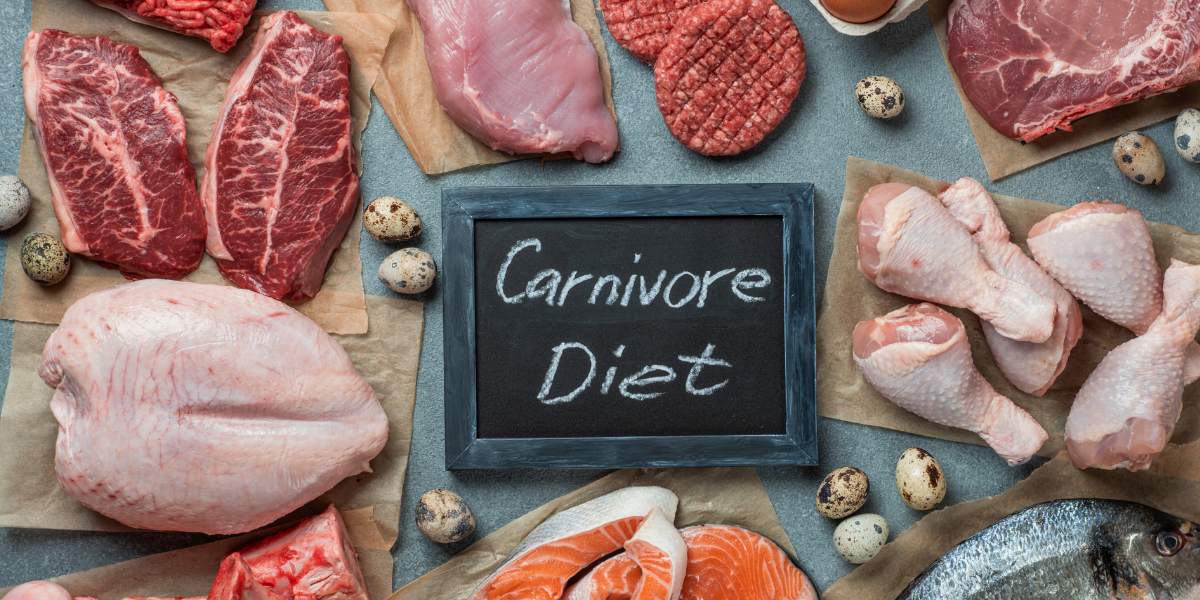We take a look at five types of food which are either best avoided or relegated to occasional eating and not only for people with diabetes.
The foods we’ve picked out are particularly relevant to people with diabetes that are carrying extra weight but, as none of us are immune from gaining weight, they have some relevance to us all.
We’ve decided not to go with the obvious, i.e. sugary foods as this should be, well, obvious.
5. White bread and other ‘white’ foods
White bread often gets a bad rap and frankly, it’s deserved. White starchy foods, such as white bread and white rice, are digested and converted into glucose very quickly by the body meaning they’re almost as quick to raise blood sugar levels as pure sugar.
A regular size white bread roll will usually have around 30g of carbohydrate.
This means that having a white bap will raise your blood sugar at a rate close to eating 7 teaspoons of sugar.
Healthier alternative – whole grain bread : Whole grain bread should have significantly more fibre than white bread meaning that the carbohydrate gets converted into glucose less quickly. Look out for breads with higher fibre content.
4. Pastries and pastry based foods
Pastries, such as pies and sausage rolls, hold a special place in the hearts of many of us but beware, pastries contain a significant amount of carbohydrate but also contain fat which together makes them highly calorific. Pastries are very energy dense foods meaning that even a relatively small portion of the food can contain a large number of calories.
A 150g individual steak and onion pie, for example, contains 500 calories on its own so it’s easy to hit half your daily calorie intake in a single meal if you were to include potatoes and gravy.
Healthier alternative – stew: A close but lower calorie option is stew, which can include chunks of red meat but leaves more room for vegetables.
3. Microwave chicken tikka and other ready meals
The idea of ready meals is that they’re a convenient balanced meal in one neat package. Prick the package with a fork, put in the microwave and within a few minutes you hear the ping and can enjoy your meal.
This would be all well and good but few ready meals are well balanced. The vegetable content of ready meals is meagre and typically amounts to 1 portion of veg if that.
The other problem with the vegetable content is that the vegetables are less than fresh so will have a lower vitamin content than home cooked vegetables.
Highly processed which means the meals require little work from the digestive system to convert the carbohydrates into glucose, meaning higher blood sugar levels than if the meal was home prepared.
Another big problem is often the calorie content. Like pastries, these can be super energy dense foods and it’s well worth looking at the calorie counts before adding to your basket or before deciding whether it is a meal for one or two.
We looked at a standard microwave chicken tikka masala which had 890 calories , almost a half of an average person’s recommended daily calorie intake. Ouch!
Healthier alternative – home cooked meals : Spending a bit of extra time each week will pay off in terms of your long term health.
If you’re often pushed for time, make enough to have over the next day or 2 or freeze for later in the week. If you’re not a confident cook, start with easy meals and don’t worry too much if some of the meals don’t turn out right, keep at it and you’ll crack it.
2. Bacon and processed meat
Yes, I’m afraid so, bacon is one of our foods to avoid; the reason being that it is so often a deceptively processed food Read the back of a pack of bacon and you’ll most likely be faced with a list of preservatives.
Researchers are yet to fully understand why processed meats are so bad for us but the statistics repeatedly show a significant increase in risks of bowel cancer , heart disease and even type 2 diabetes associated with processed meats.
Note that processed meats include burgers, sausages, hotdogs and store bought hams.
Healthier alternative – unprocessed red meat: Healthier options are larger cuts of meat that you can roast and slice yourself. Instead of bacon, look for belly pork and check to make sure there are no added sauces or unwanted ingredients. Chop or slice belly pork finely for a healthier alternative to bacon.
Another option is to ask your butcher to cut you fresh slices of bacon.
1. Takeaways
We all like to have a takeaway every now and again but if these are had on a regular basis they can be a fast moving health hazard. Unless you’re a very strict eater through the rest of the week, a once weekly takeaway could set back any attempts to lose weight.
The calorie content of a takeaway will often approach or exceed 1,000 calories. Takeaways are usually very high in carbohydrates too, which can see sugar levels soar.
We looked at how many calories typical takeaway meals contain:
- Half a 12 inch pizza – 900 calories
- Fish and chips – 840 calories
- Chinese sweet and sour chicken with egg fried rice and vegetable spring rolls – 1,440 calories
- Chicken tikka masala, pilau rice and naan bread – 1,340 calories
Healthier alternative – home prepared food or choose with care: If you have takeaways on a regular basis, once a week or more often, find ways to cut back on the number of takeaways. A home cooked favourite will often have less calories than a takeaway, and you get to control the portion sizes too.
The times you have takeaways, be mindful of the calorie and carbohydrate content. Share a portion of rice or prepare your own brown rice. Go easy on added extras like naan or prawn crackers.
It’s usually best to turn these down. Even if they’re free, they’re no better for your health or waistline.





